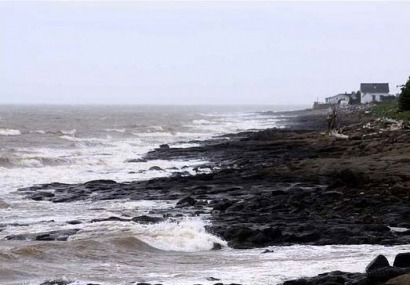
The plan, unveiled earlier this week by the Nova Scotia's energy department, sets what the government says is an achievable course to have 300 MW of the province's power supplied from tidal sources.
In a written statement, Energy Minister Charlie Parker described the initiative as "an exciting opportunity".
"It will bring long-term benefits to our province, both in diversifying our energy portfolio and in growing our economy," Parker said.
The 44-page strategy acknowledges that it will take time to develop technologies that can withstand the high current velocities and extreme tidal ranges of Nova Scotia's coastal resources, particularly within the Bay of Fundy on the province's west coast.
The working document goes on to admit that much more work needs to be done to assess the impacts marine renewable energy (MRE) devices-such as tidal, wind, and wave technologies-on ocean habitats, ecosystems, and seascapes.
But with the Bay of Fundy alone believed to have the potential of delivering 2,400 MW of power annually, the government believes it's high time to explore the possibilities further.
The strategy sets out what officials feel currently needs to be done in terms of developing a regulatory framework for the industry, research and development, and also establishes general timelines for goals to be met.
Already the Fundy Ocean Research Centre for Energy, a public/private partnership is at work developing prototype tidal energy devices that could be deployed as early as later this year.v
In a written statement the government said, "Marine renewable energy has the potential to contribute to Nova Scotia's energy needs, reduce its greenhouse gas emissions, and provide economic opportunities at the local level.
It continued, "Thanks to its rich heritage of ocean knowledge and innovation, along with the natural advantage of tides the highest and fastest tides on the planet, Nova Scotia is well-placed to become global player in this emerging energy industry."
For additional information:

